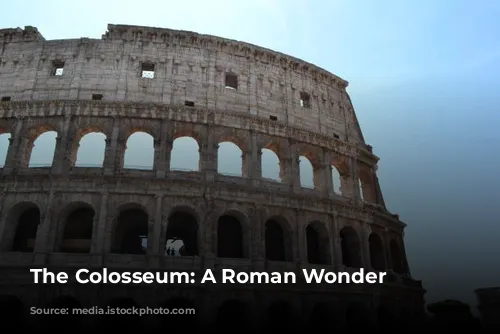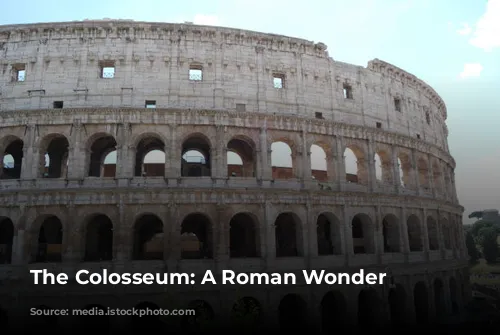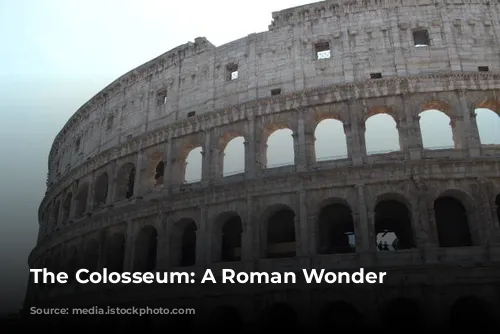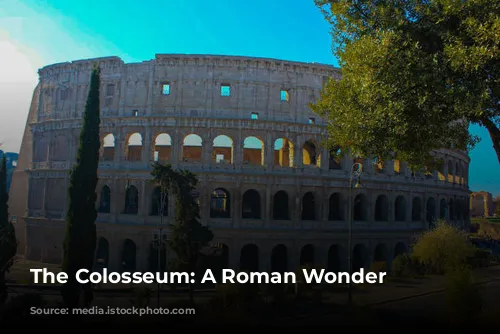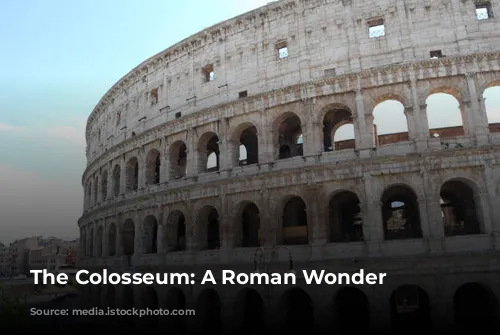The Colosseum, also known as the Flavian Amphitheatre, stands as a symbol of Roman grandeur and engineering prowess. This massive structure, the largest and most imposing in the Roman world, is a testament to the skill of the Flavian dynasty. Emperor Vespasian began construction, and his son, Titus, inaugurated it with a spectacular 100-day opening ceremony in 80 AD.
The Colosseum’s inauguration was a lavish spectacle, featuring thrilling gladiatorial contests, animal hunts, and even naumachiae, elaborate sea battles staged in the flooded arena. These events captivated the Roman populace and showcased the might and opulence of the empire.
A Name Steeped in History
But why is the Colosseum called the Colosseum? The name first appears in a prophecy by the Venerable Bede, a medieval monk. He predicted, “Rome will exist as long as the Colosseum does; when the Colosseum falls so will Rome; when Rome falls so will the world.” The name likely derives from the colossal statue of Emperor Nero, the “Colossus,” which once stood near the amphitheatre.
A Colossal Structure
The Colosseum is a marvel of Roman architecture, constructed of travertine stone and boasting four tiers. The first three tiers each featured 80 arches, adorned with grand statues. The arena itself was elliptical, maximizing the number of spectators it could accommodate. It’s hard to imagine that this immense building was completed in less than a decade.
The Secrets of Roman Engineering
The Romans were masters of arch construction, a technique that allowed them to distribute weight effectively and create monumental structures. The Colosseum is essentially a series of aqueducts stacked on top of each other, showcasing the genius of Roman engineering.
The Coliseum’s Transformation
Today, only the skeleton of the Colosseum remains. Over time, its grandeur has been stripped away. In the Middle Ages, the Colosseum was stripped of its valuable materials, with stone, lead, and iron being reused to build other Roman structures.
The holes visible in many columns were made to extract lead and iron used in the marble blocks. It’s heartbreaking to see the once-splendid structure reduced to a quarry for future generations.
A Giant Stage for Entertainment
The Colosseum was designed to hold up to 70,000 spectators. Its tiers were carefully inclined to ensure optimal viewing for all. Entry was free for Roman citizens, but seating was divided based on social status. Commoners occupied the upper tiers, while senators, priests, and the emperor had the best seats close to the arena.
The Colosseum also provided its audience with protection from the sun through its ingenious roof covering, the Velarium. This massive linen canopy, operated by a team of sailors, could be adjusted to shade the spectators.
Inside the Arena
The arena floor, once made of brick and wood, has long since vanished. In its place are the cellars where equipment for the shows was housed. The two underground floors contained lifts and hoists, which were used to bring animals and gladiators into the arena with dramatic flair. These “special effects” of the time would have thrilled the audience.
The Colosseum’s Shows
The shows held in the Colosseum were more than just entertainment; they served a symbolic purpose, linking citizens to their leader and providing a distraction from political issues.
Venationes, animal hunts and battles, were a common spectacle, often culminating in public executions. The “Silvae,” featuring elaborate scenery of forests and animals, were visually spectacular. But not all shows were bloody. One notable performance involved an elephant trained to write in the sand with its trunk.
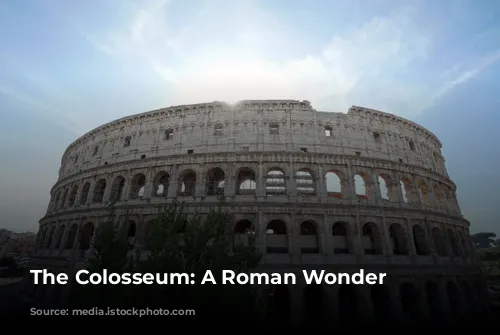
The Gladiators: Heroes of the Arena
The gladiators, whose name comes from the “gladius,” the short sword used by Roman soldiers, were the true stars of the Colosseum. They were often prisoners of war who chose to fight in the arena for a chance at freedom and riches. Others were simply seeking fame and fortune.
Gladiators were popular figures, particularly among women. They were divided into different categories based on their weapons and fighting styles, creating dramatic confrontations. The audience could decide the fate of defeated gladiators by signaling to the emperor with a thumbs up (to save) or a thumbs down (to execute).
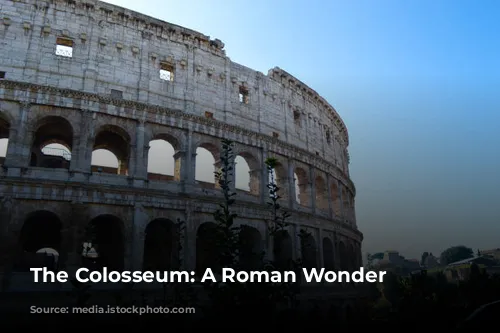
The Colosseum’s Legacy
The Colosseum, despite its brutal past, holds a unique place in history. It reflects the Roman fascination with spectacle and entertainment. Even today, the Colosseum’s echoes resonate throughout the world, reminding us of the power and legacy of the Roman Empire.
